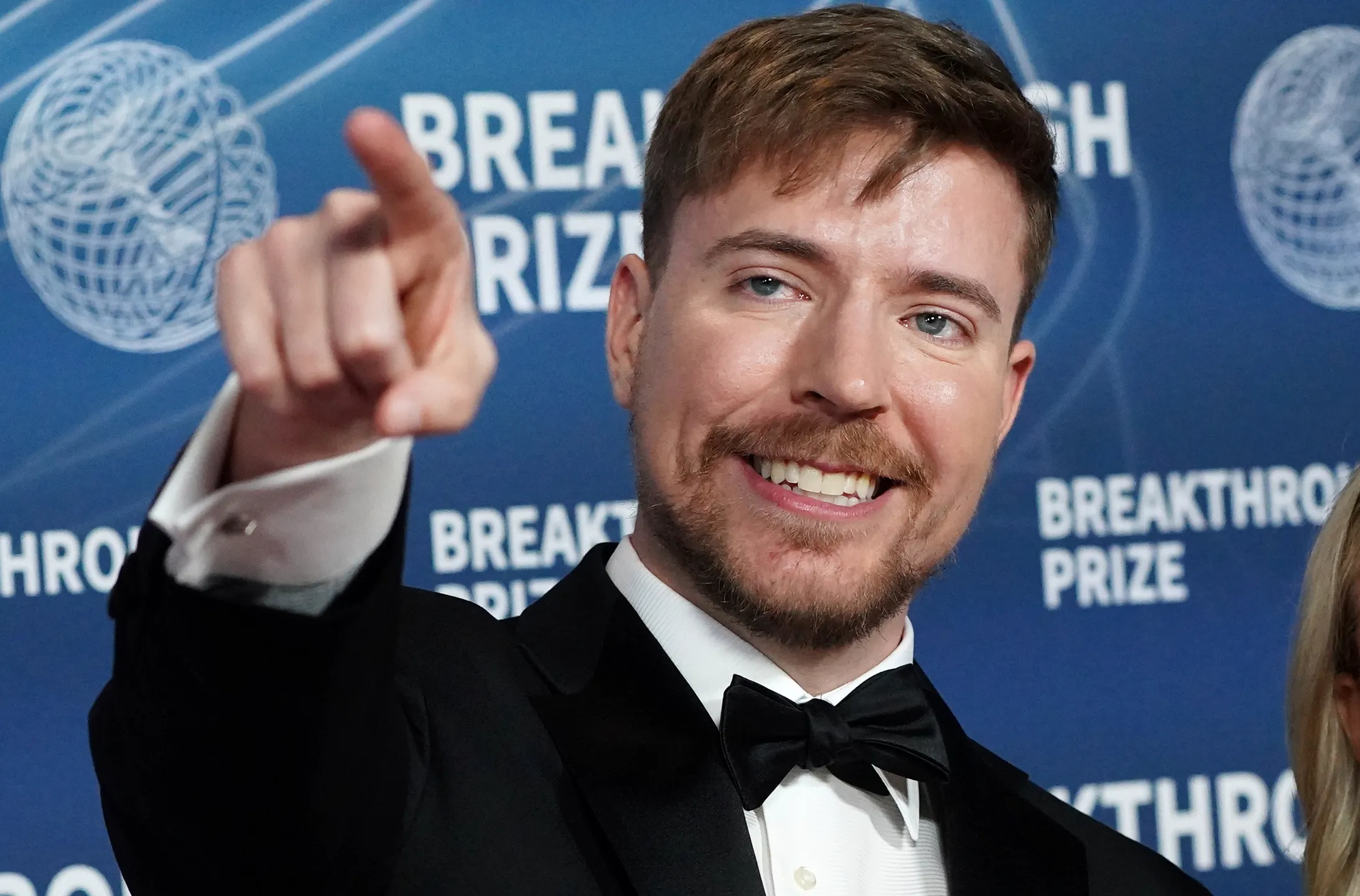The “millions of creators currently making content for a living” find the rapid development of generative artificial intelligence (AI) “scary,” according to MrBeast, the biggest YouTuber in the world.
Artificial intelligence (AI) tools that can generate full videos from text prompts supplied by users have rapidly improved in recent years.
The latest of these, OpenAI’s Sora, which was released last week, has come under scrutiny for its ease of copying copyrighted characters and content.
When “AI videos are just as good as normal videos,” what will happen to people like him? was the query that MrBeast whose real name is Jimmy Donaldson, posted on social media.
Concerns regarding AI’s impact on the labour market are widespread, but they are particularly acute in the creative industries.
The video game and movie industries have seen a lot of industrial action as a result of the use of AI.
Recently, an AI actor made headlines, reigniting these concerns.
However, AI is also being widely used in the same industries.
For example, YouTube lets content creators use generative AI, which includes making videos with Google’s Veo tool.
AI can also be used to create subtitles or improve texts and ideas automatically.
Some YouTube videos, like long ones that people might watch to fall asleep, are completely artificial intelligence (AI) generated, according to Lars Erik Holmquist, a professor of design and innovation at Nottingham Trent University.
However, he asserts that “the general trend of what we’re looking at AI as a tool it makes creativity so much cheaper.”
He says, “I think the people who win in the short term will be just those who use it to create really good content.”
It is unlikely that MrBeast and other creators will ever be replaced by AI-generated videos.
Professor Holmquist says, “His whole idea is to make people do uncomfortable or dangerous things for money – and if it wasn’t real, nobody would watch it.”
But because of his massive profile, he must break away from his usual X feed, which usually promotes his videos, to discuss this.
AI could help creators like MrBeast behind the scenes in production or visuals.
He had already tried it earlier this year, but other writers had a negative reaction when he released an AI tool that created video thumbnails.
Some well-known YouTubers, however, raised awareness of the controversy surrounding the material used to train generative AI, arguing that it violates copyrighted works without giving credit to the creators.
MrBeast provided links to human designers on his analytics platform in lieu of the tools.
It’s unclear how many YouTube videos Veo, Google’s AI video creator, is trained on and whether MrBeast’s videos are part of the training set.
As AI continues to evolve, experts predict that creators will face both new challenges and opportunities. While automation could simplify video editing, scriptwriting, and visual effects, it also raises ethical questions about originality and fair use. Many digital artists are calling for transparency from major tech companies about how their AI systems are trained and whose work is being used in the process.
At the same time, some creators see AI as a way to enhance storytelling rather than replace human imagination. By using AI for idea generation or quick visual drafts, they can focus on creative direction and audience engagement. Platforms like YouTube and TikTok are already experimenting with new features that integrate AI into content creation workflows, offering creators more tools to experiment with.
Still, the growing debate over AI’s role in creative work highlights a deeper concern about the future of human expression. MrBeast’s comments reflect a broader fear shared by millions of online creators — that one day, machines might blur the line between authentic and synthetic creativity. For now, however, as experts suggest, audiences still crave the emotional connection and authenticity that only real humans can deliver.
